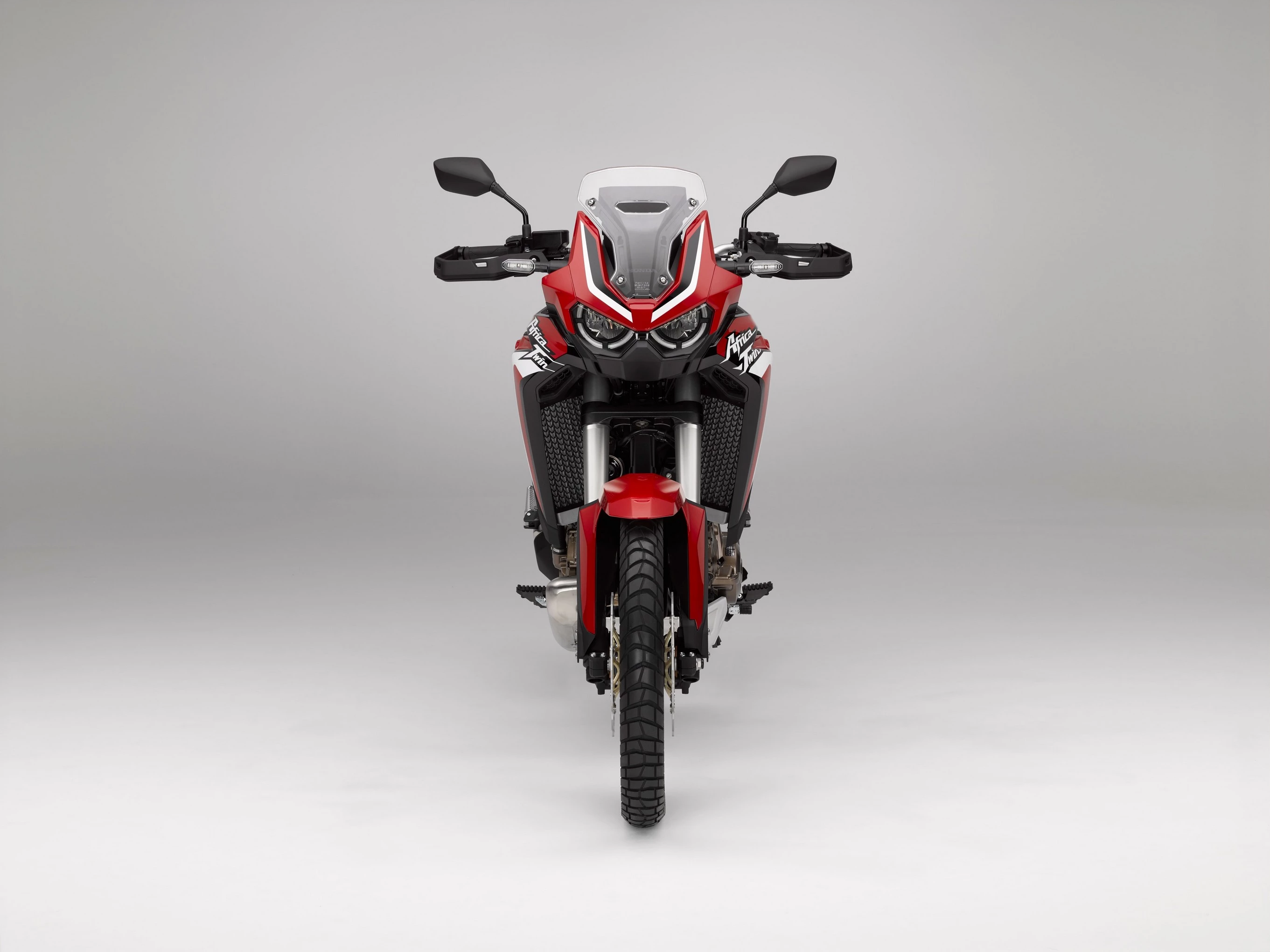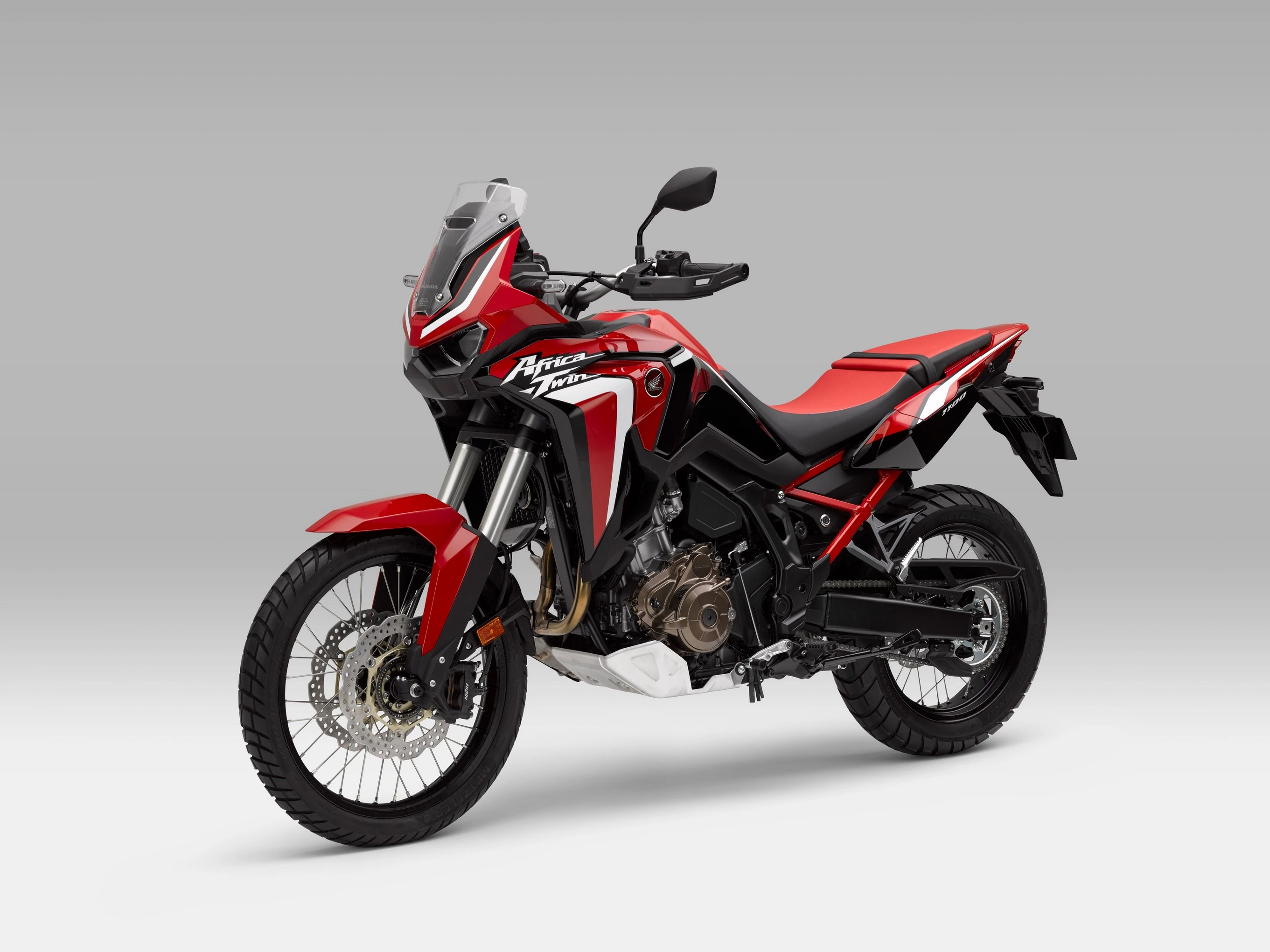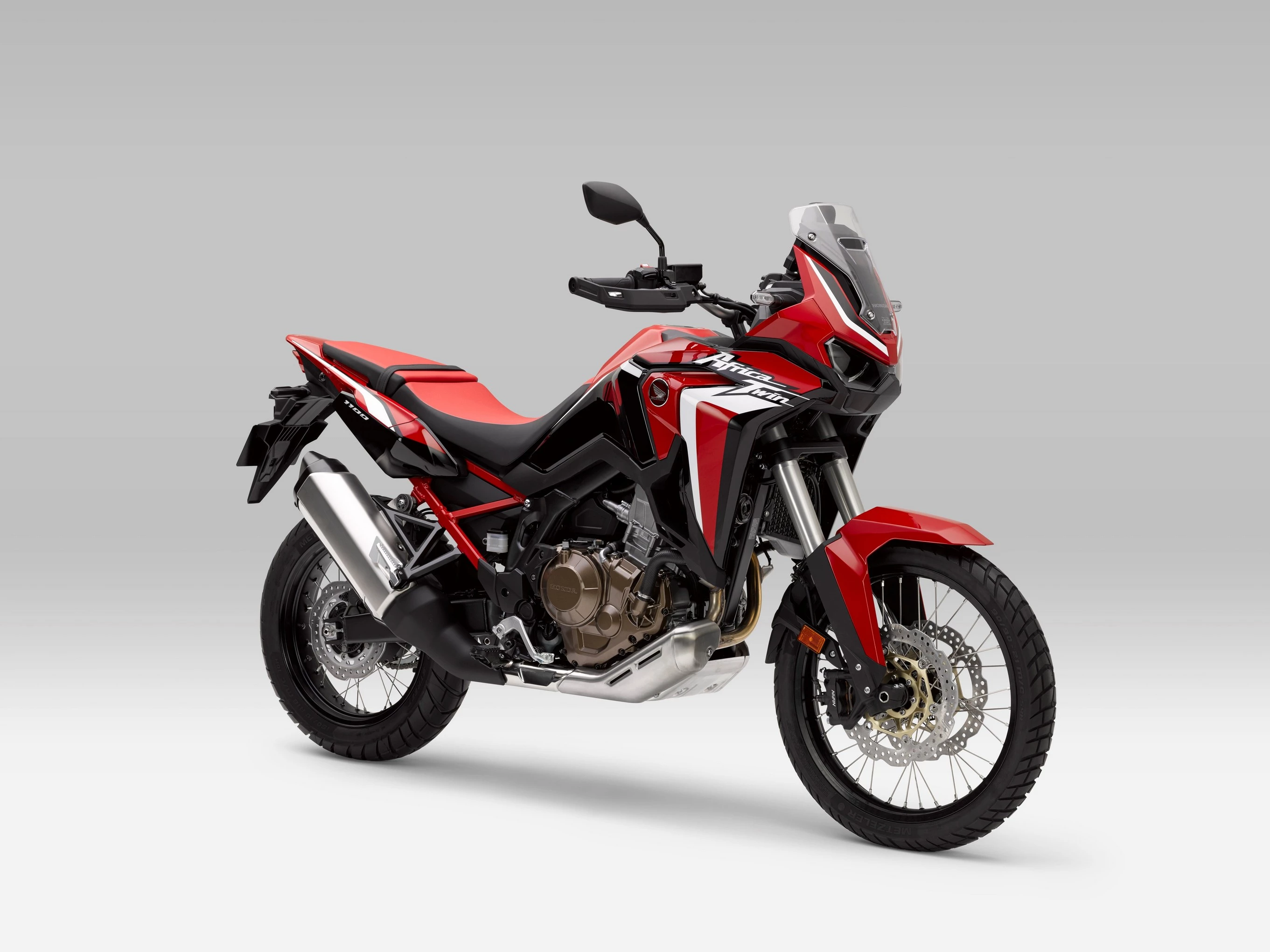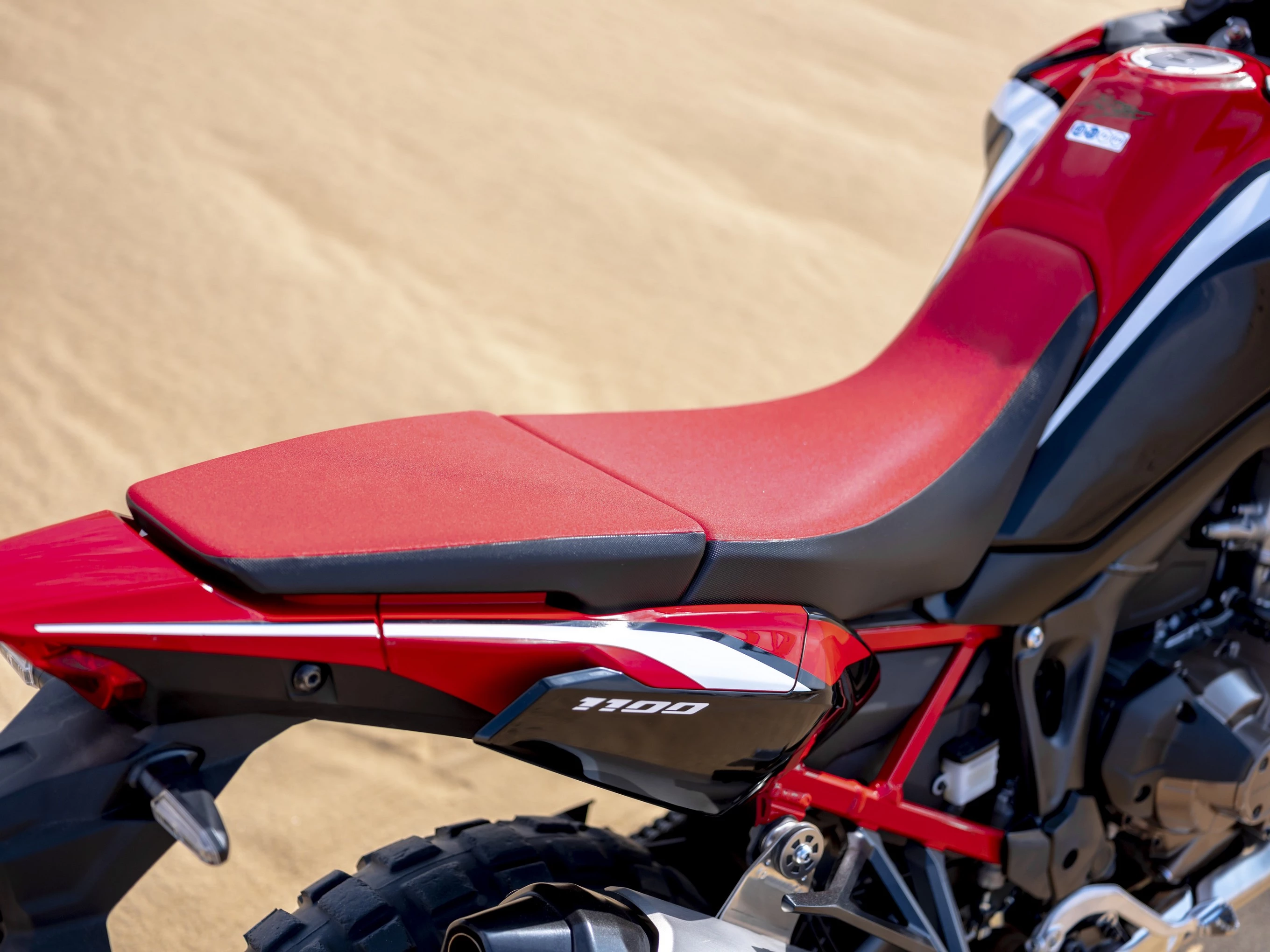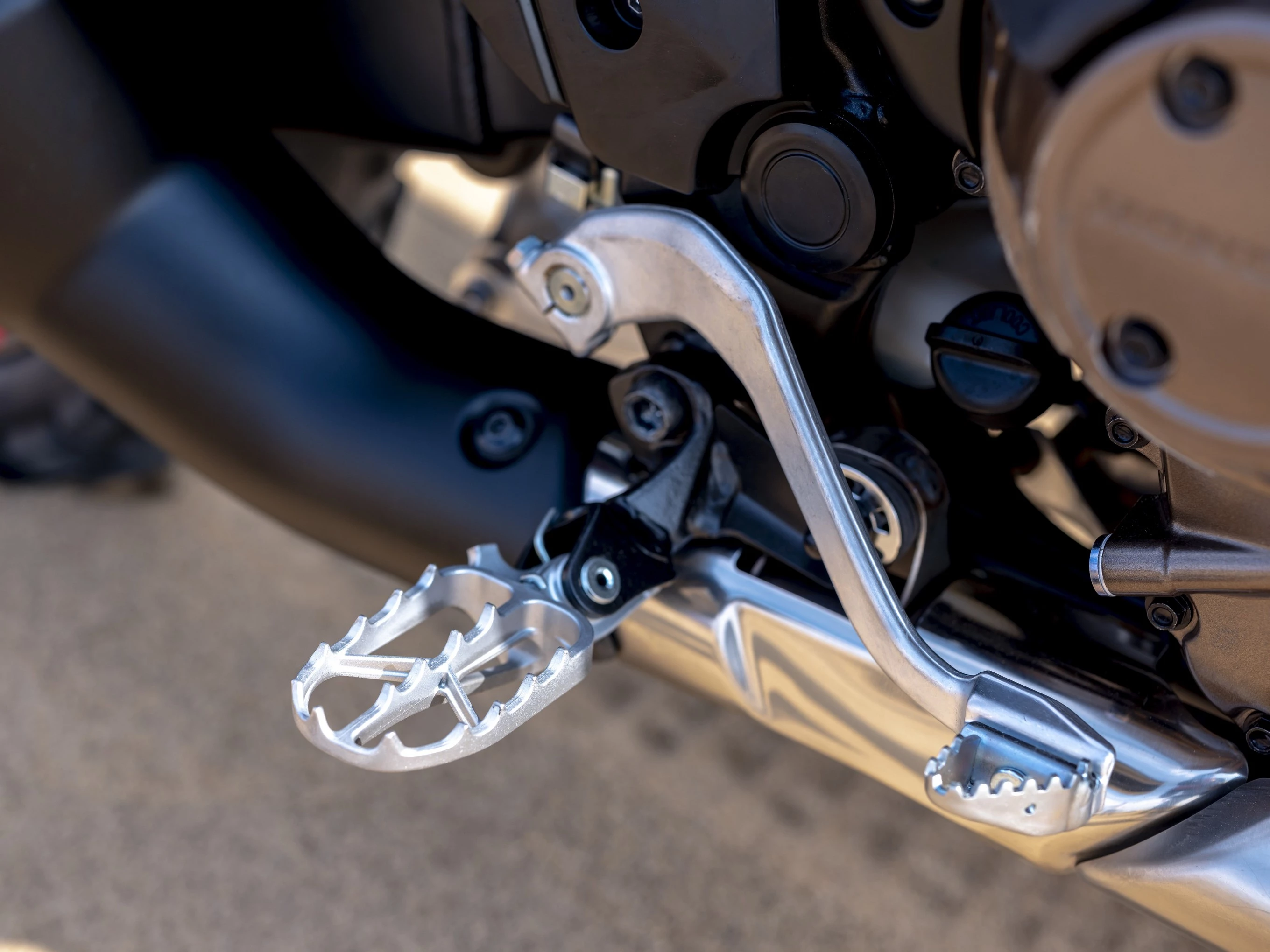Four years after the Africa Twin came back to life, Honda ushers its legendary adventure bike into the Euro-5 age in two versions, both sporting a bigger motor and an impressive array of electronic systems.
If the 1980 BMW R 80 G/S is considered as the patriarch of the modern adventure class, it was motorcycles like Honda’s XRV750 Africa Twin and Yamaha’s XTZ750 Super Ténéré that proved invaluable in popularizing the new genre in the late 1980s.
Fast forward some 30 years later, where the adventure class has evolved to the two-wheeled equivalent of luxury SUVs, boasting excessive horsepower, an abundance of electronics and off-road capabilities that often appear to contradict the imposing, heavyweight looks and exorbitant price tags. Apparently there is a potential target group dreaming of cross-country rallying in the Mongolian steppe on these 160-hp, 250-kg, €25,000 behemoths.
Honda, on the other hand, had kept itself more or less out of this game since it retired the Africa Twin 750 in 2003. For more than a decade the Transalp series bikes were its main representatives in this class, although these were more tame practical bikes than hard core adventurers.
As for the Crossrunner 800 and Crosstourer 1200, the VFR-based V4 models that appeared in 2010 and 2012 respectively, they were simply tall road bikes, great tourers but rather unwilling to stray far from paved roads.
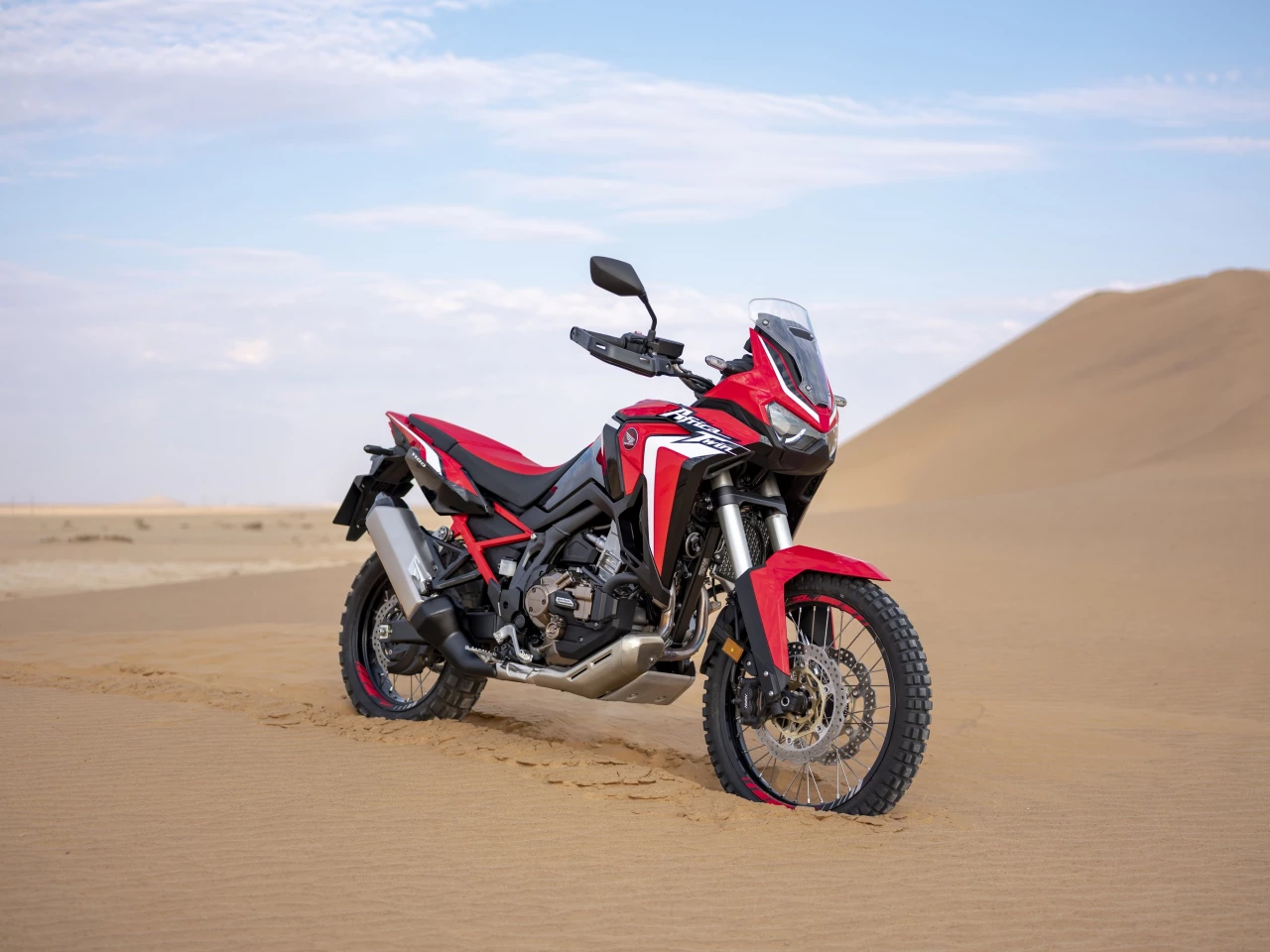
This is probably the reason why they’re both still around, despite the fact that for the 2016 model year Honda announced the return of a king. The brand new incarnation of the Africa Twin, named CRF1000L after Honda’s contemporary off-road model series, was built around a fresh in-line twin that produced less than 100 hp and came equipped with a skeleton electronic arsenal.
Still, its less-is-more philosophy proved itself in the global markets, as it attracted customers from both ends of the spectrum. Honda fans saw a bigger, potent, modern and shinier returning legend, while those who search for off-road effectiveness over appearance recognized a bike that promised to be considerably easier to handle and wouldn’t cost an arm and a leg.
Apparently Honda understands this very clearly, at least judging by the changes it has just introduced for the modern Africa Twin’s second generation. The base recipe hasn’t changed at all, and even the updated looks appear all too familiar.
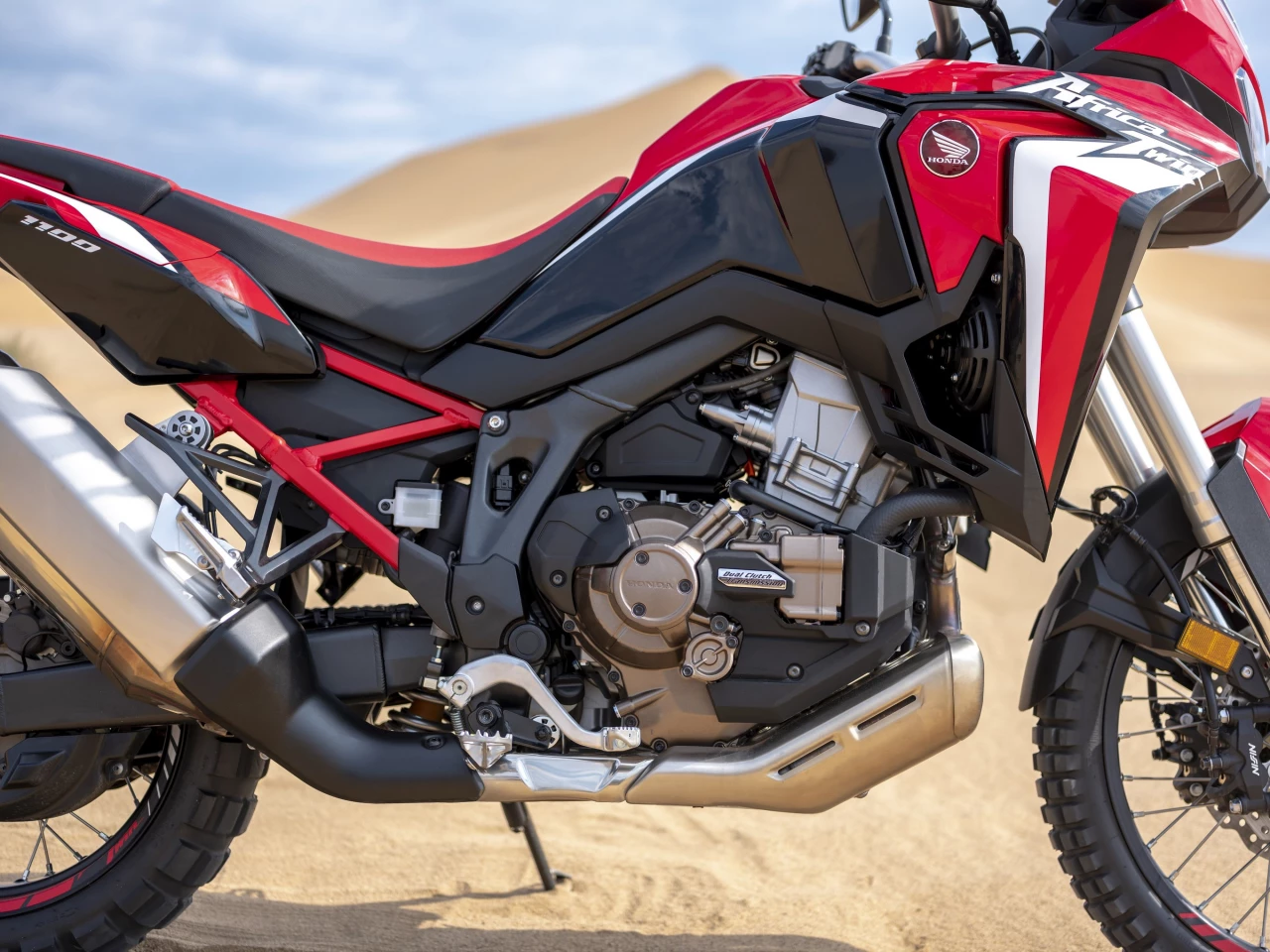
As we enter the introductory year of the new Euro 5 norms, Honda updated the Africa Twin’s engine extensively. Stroked out to 1084 cc, it now produces 100.6 hp (75 kW) at 7,500 rpm and 105 Nm (77.5 lb.ft) at 6,250 rpm. Gaining some 6.7 hp (5 kW) and 6 Nm (4.4 lb-ft) over the previous 998-cc version doesn’t seem to be much, yet stretching the piston stroke from 75.1 mm (2.96 in) up to 81.5 mm (3.21 in) should make for a considerably beefier midrange. Once again, Honda bets on usable power, instead of top-end extravaganza.
The updated engine is housed in a new steel frame with detachable aluminum subframe. There’s also a brand new aluminum swingarm drawing inspiration from the CRF450R motocross bike in order to provide better off-road traction and feel, as well as help shed some weight.
In fact, Honda suggests that the new Africa Twin is a few kilos lighter than its predecessor, tipping the scales at 226 kg (498 lb) in running order.
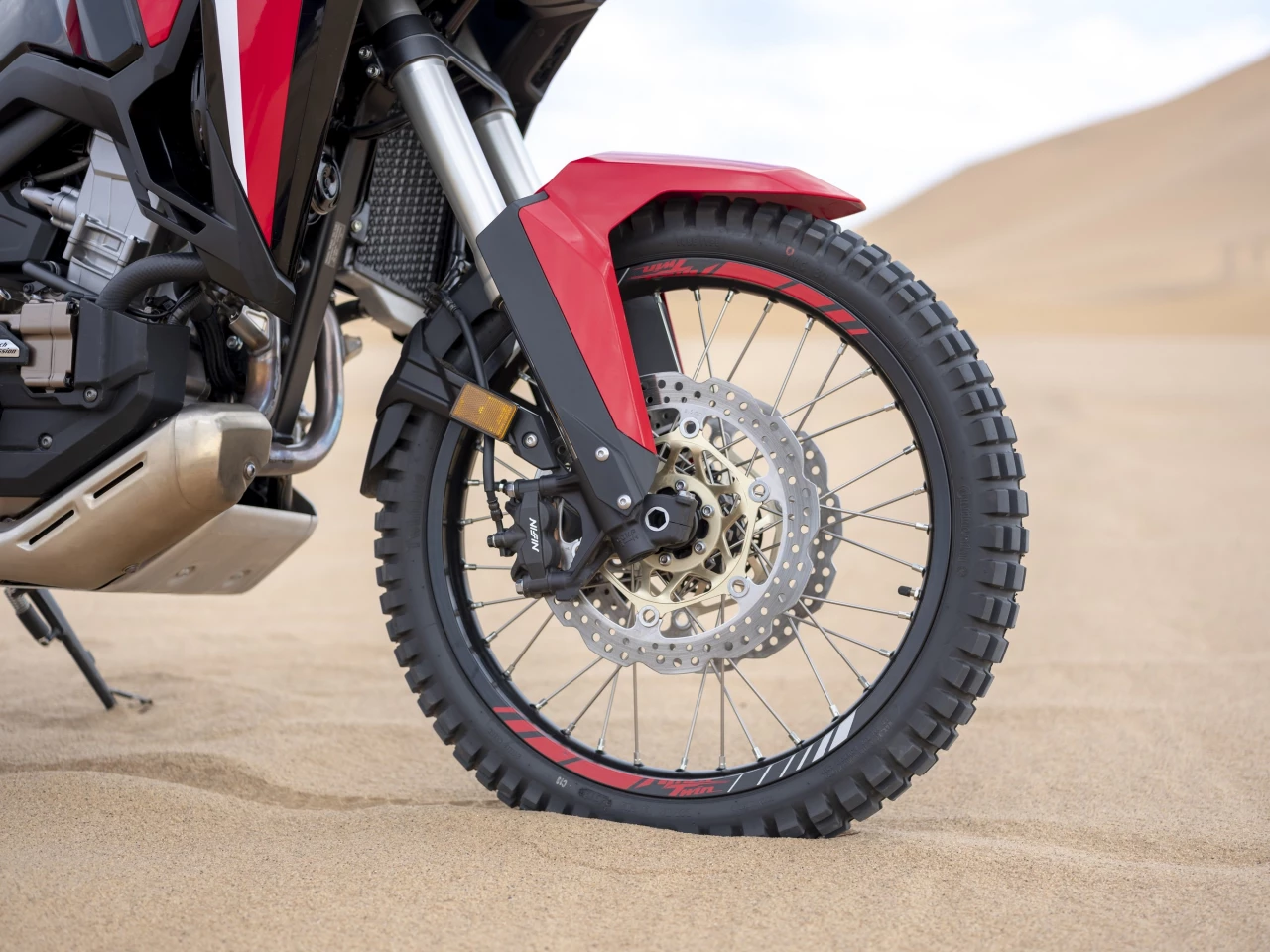
Front and rear suspension are the same Showa units of the previous model, updated with new damping and spring rates, and the Nissin four-piston radial brakes are carried over unchanged.
And that’s where the timid approach ends for Honda, because on the electronic side of things it certainly opted to go big. Whereas the previous model seemed to shy away from electronic safety systems, the 2020 model embraces almost everything the market has on offer.
At the epicenter there's a Bosch MM7.10 six-axis Inertial Measurement Unit (IMU) tasked with orchestrating a multitude of gadgets with names ending in “control” – Honda Selectable Torque Control (HSTC, aka traction control), cruise control, wheelie control, rear lift control. And, to top it off, the standard equipment also includes three-stage cornering lights.
There are six riding modes to choose from, four of which are preset (tour, urban, gravel, off-road) and the other two are user-configurable. Honda offers extensive adjustability of the engine’s output, with four levels of power, three levels of engine braking, seven levels of HSTC and three levels (plus deactivation) of wheelie control.
The Cornering ABS is also an updated version of the system previously used, and it adjusts automatically with the different riding modes in on-road or off-road setting.
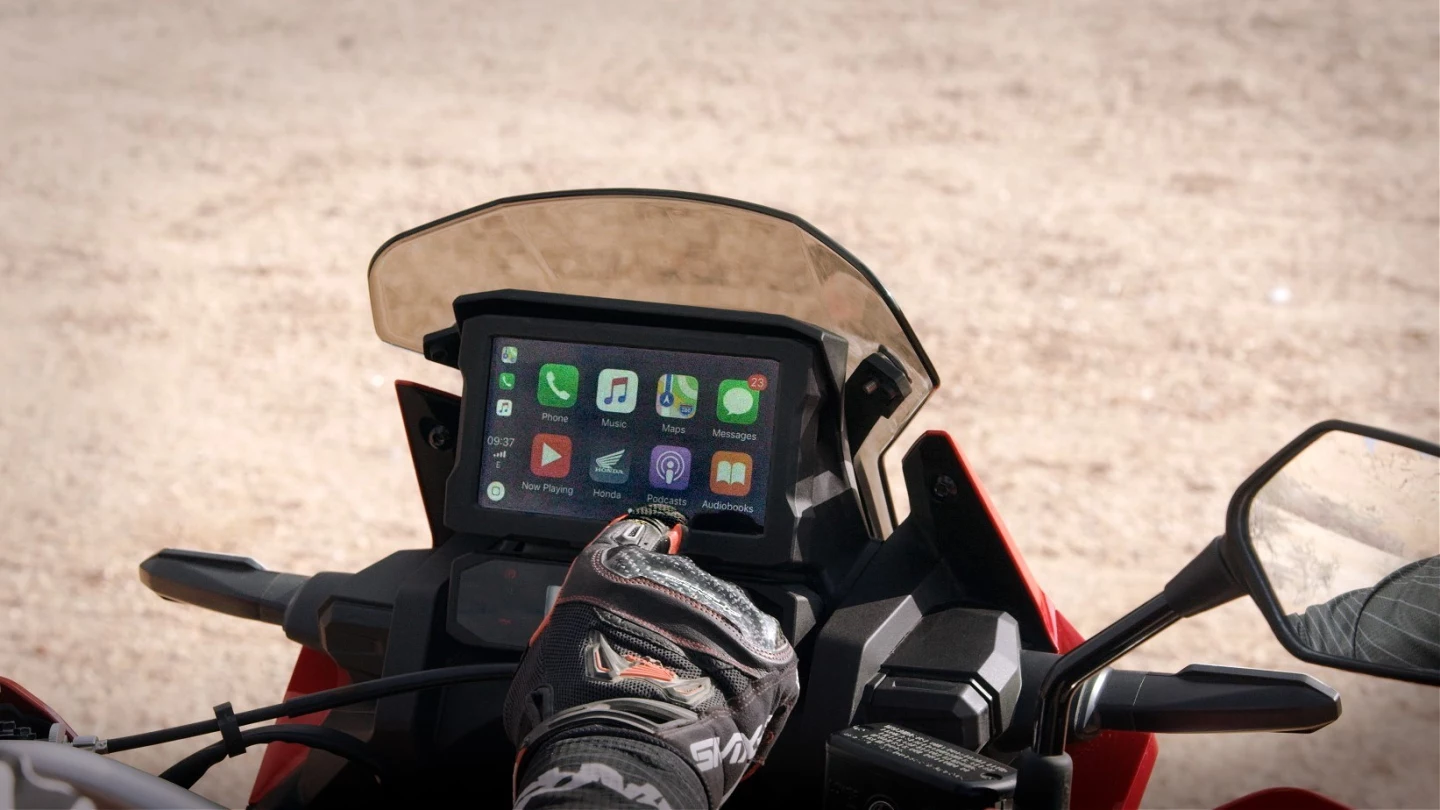
The rider can monitor and adjust all this information via handlebar controls and a 6.5-inch color TFT touchscreen, equipped with Bluetooth connectivity and Apple CarPlay. Apparently, no Android Auto though.
So that’s the main Africa Twin model; then there’s the Adventure Sports variant. In the current generation (2016-2019) this comes with longer suspension travel, larger fuel tank and more touring equipment. This time though, Honda changed its approach by improving its road touring character.
For starters, it doesn’t employ taller suspension, but rather the very same units as the standard model, with wheel travel set at 230 mm (9.1 in) at the front and 220 mm (8.7 in) at the rear. The fuel tank is quite bigger, carrying 24.8 l (6.6 gal) of fuel, whereas the base model can accommodate 18.8 l (4.97 gal).
It has a much taller adjustable screen, wider fairing panels at the front, sump guard, heated grips, rear carrier and an ACC charger. But, most important of all, it now rolls on tubeless tires, unlike its tubed sibling and both Gen1 variants.
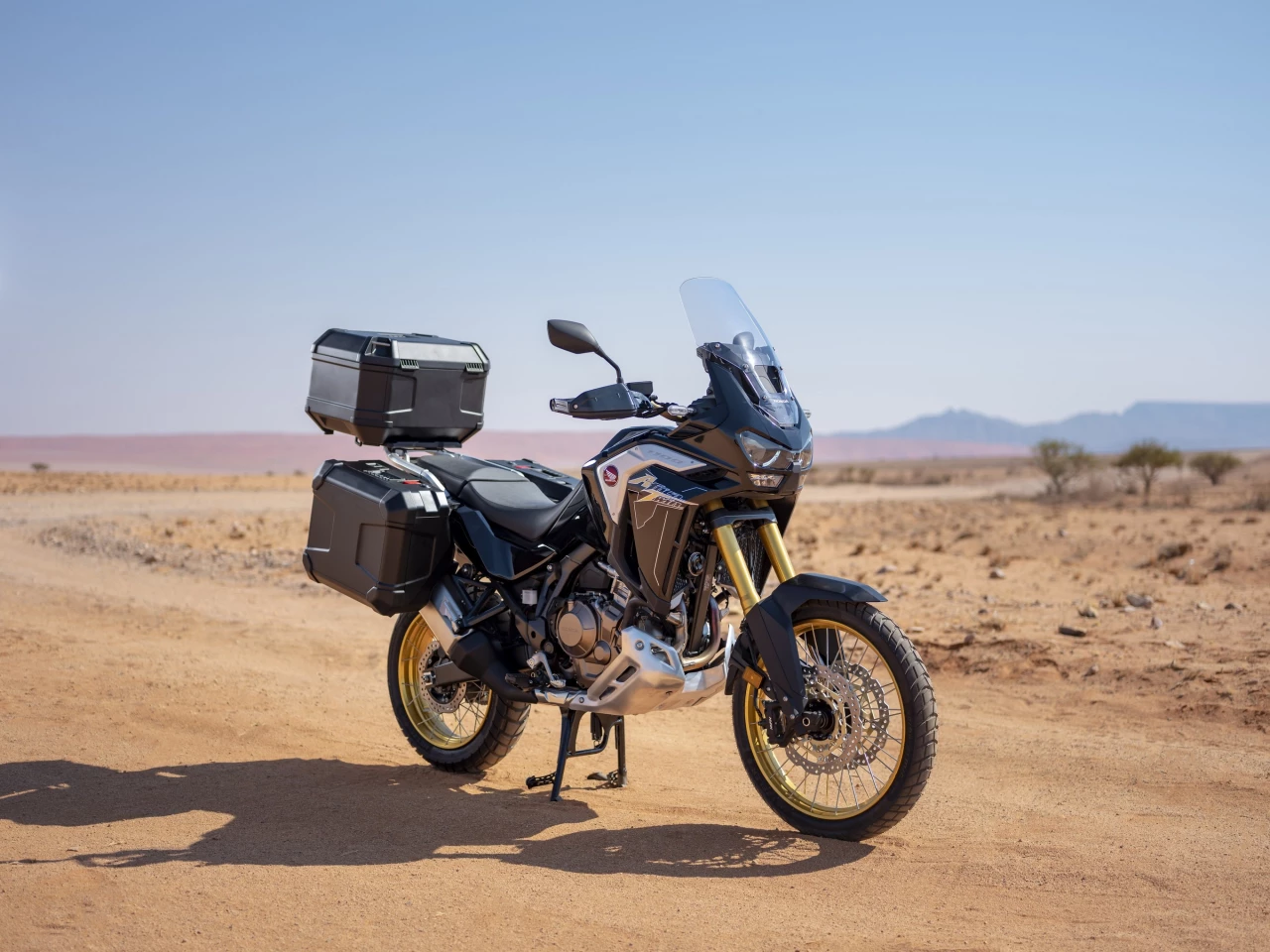
This is probably the most effective change in creating a proper long-distance high-speed tourer – tube type tires deflate rapidly when punctured and this is the last thing you want to experience at highway speeds. Honda didn’t want to limit the Adventure Sports’ off-road capabilities either, so instead of turning to the class standard of 19-inch cast wheels, it retained the 21-inch front size with spiked tubeless rims.
Both versions can be ordered with automatic Dual Clutch Transmission, adding some 10 kg (22 lb) to the tally. The Adventure Sports can also be optionally equipped with Showa EERA (Electronically Equipped Ride Adjustment) suspension. Based on Showa’s balance-free fork valve technology, this works with the new IMU to provide optimum damping, adjustable at the push of a button to four preset – soft, mid, hard, off-road – and one user configurable mode.
According to Honda, the new 2020 CRF1100L Africa Twin will hit European showrooms in late 2019. A logical guess would time the first deliveries sometime after the EICMA show in early November.
Delivery plans for the rest of the world have not been revealed as of yet, but as far as pricing is concerned, the US base MSRP of $14,399 offers a solid indication, while in some European markets such as France and Italy the new model starts at around €14,500 - €15,000.
See it in action in Honda’s new promo video.
Source: Honda


